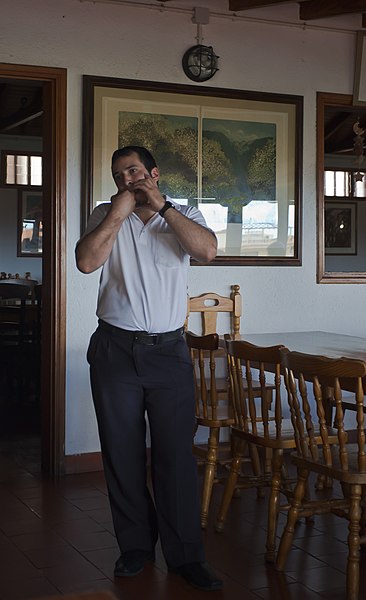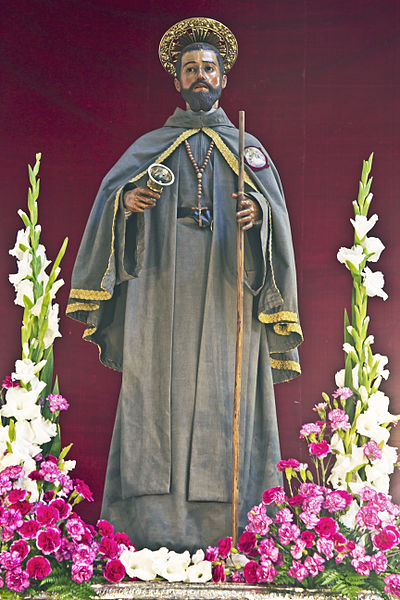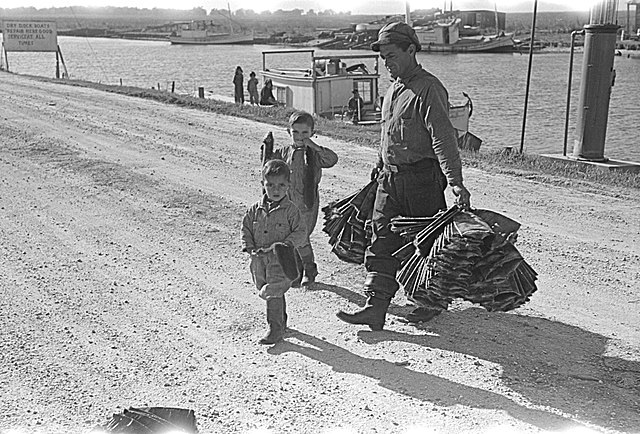White Puerto Ricans are Puerto Ricans who self-identify as white due to a rubric of laws like the Regla del Sacar or Gracias al Sacar dating back to the 1700's where a person of mixed ancestry could be considered legally white so long as they could prove that at least one person per generation in the last four generations had also been legally white. Therefore, people of mixed ancestry with known white lineage were classified as white, the opposite of the "one-drop rule" in the United States. In the 2020 United States census, the number of people who identified as "White alone" was 536,044 or 16.5%, with an additional non-Hispanic 24,548, for a total population of 560,592.
The Casa de España, situated in Old San Juan, was used as the headquarters of a private social organization whose members were Spanish citizens or those of Spanish descent.
Royal Decree of Graces, 1815
Type of steamship in which Corsicans arrived in Puerto Rico
Many citizens of France fled Haiti after the Battle of Vertières and settled in Puerto Rico.
Canary Islanders, or Canarians, are the people of the Canary Islands, an autonomous community of Spain near the coast of northwest Africa. The distinctive variety of the Spanish language spoken in the region is known as habla canaria or the (dialecto) canario. The Canarians, and their descendants, played a major role during the conquest, colonization, and eventual independence movements of various countries in Latin America. Their ethnic and cultural presence is most palpable in the countries of Uruguay, Venezuela, Cuba and the Dominican Republic as well as the U.S. territory of Puerto Rico.
Canarian girls singing in Gran Canaria 1972
Silbo Gomero demonstration at a restaurant in La Gomera
Peter of Saint Joseph de Betancur, the first Canarian catholic saint
Isleño trapper and sons, Delacroix Island, 1941








